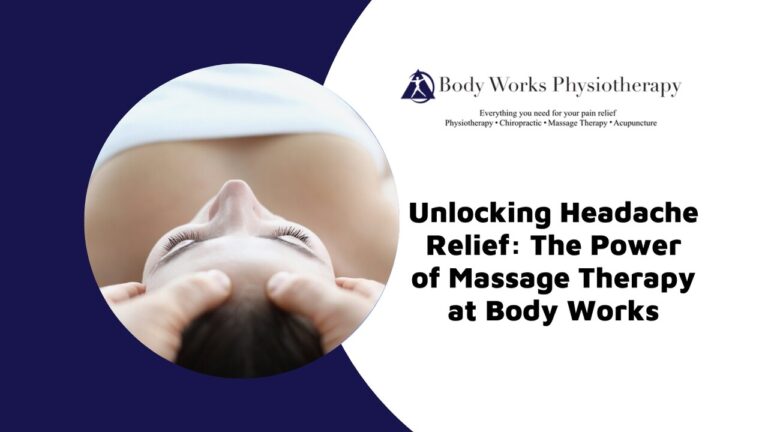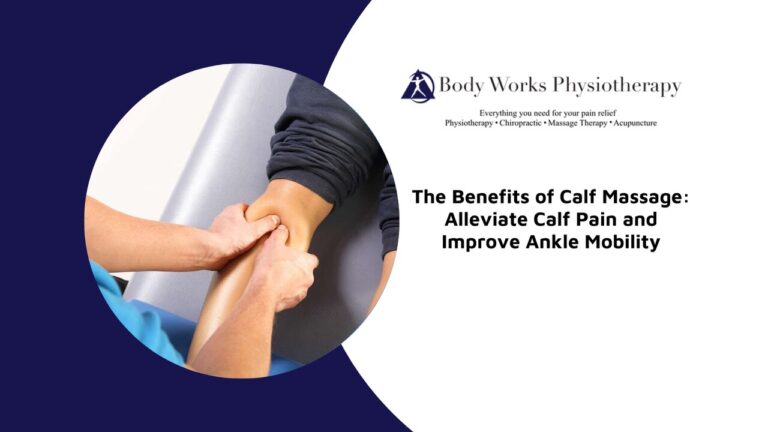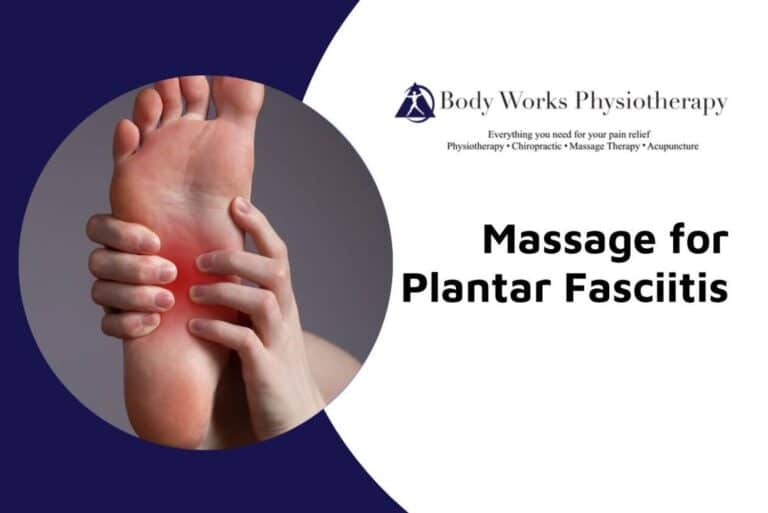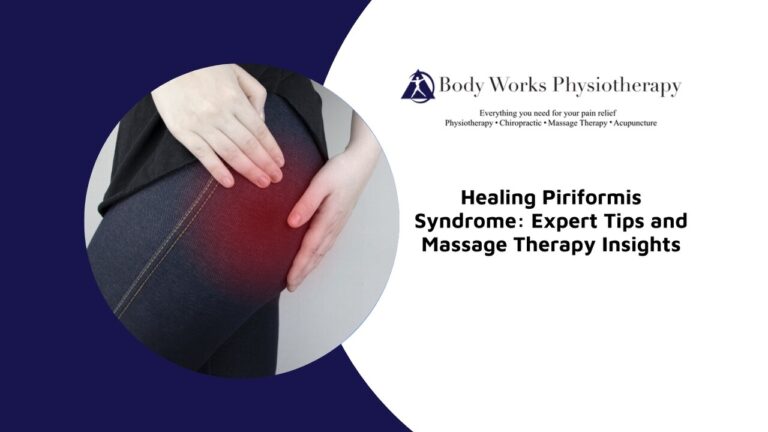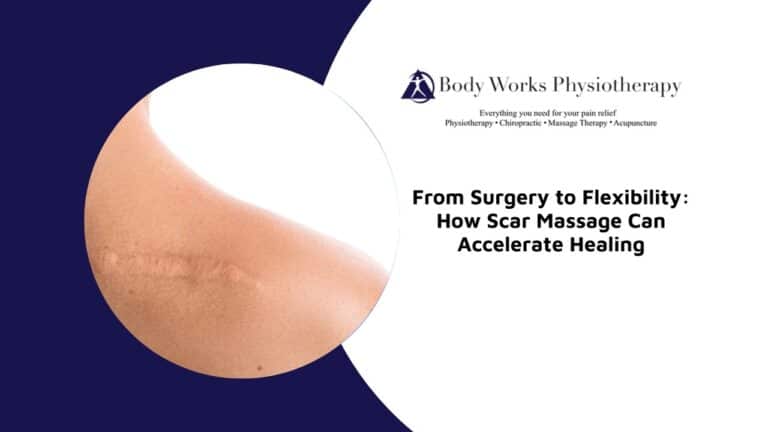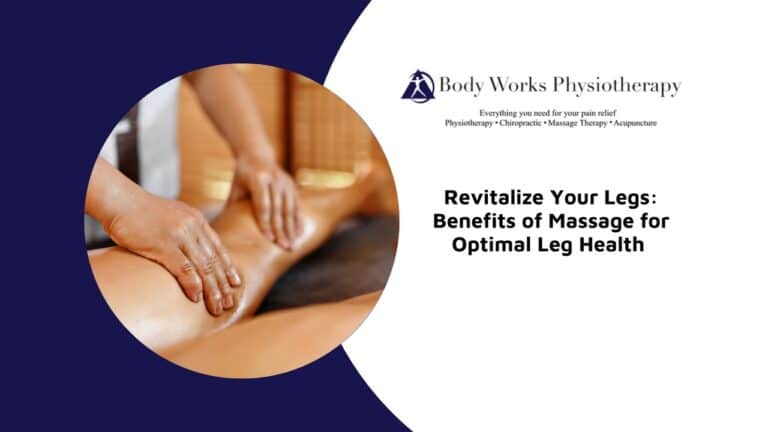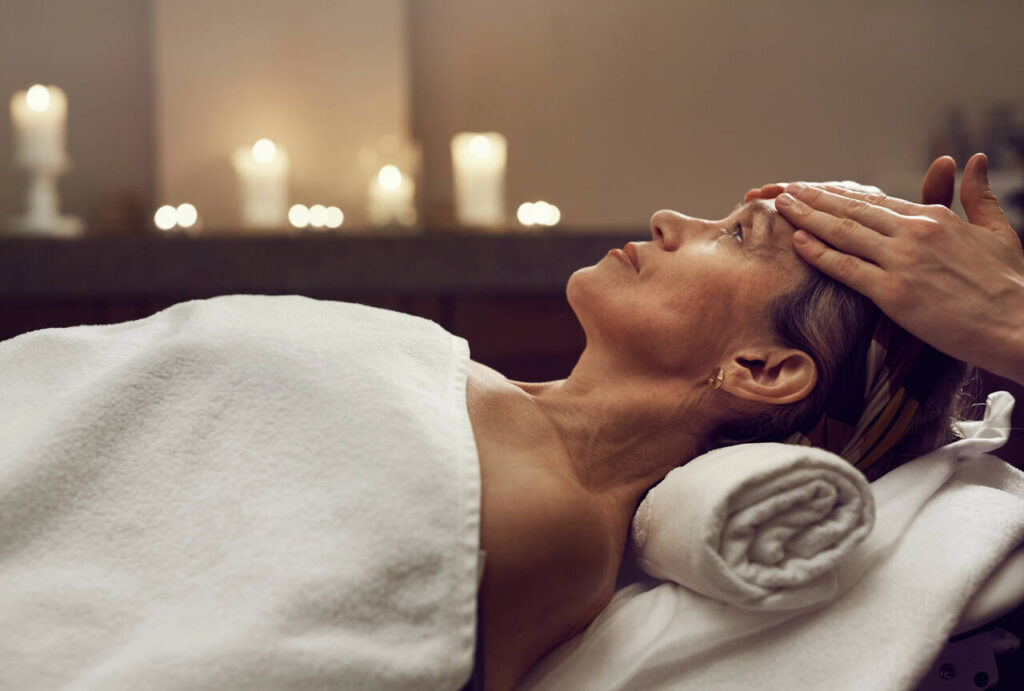
Head pain and tension can significantly impact daily life, making it harder to focus, relax, or enjoy simple activities. In this blog, we explore how massage therapy for the head can provide a natural, effective solution for alleviating headaches, reducing stress, and improving overall well-being. By targeting specific pressure points and relaxing tight muscles, head massage offers both immediate relief and long-term health benefits.
Benefits of Massage Therapy for Head Pain and Tension
Massage therapy offers a natural, effective way to relieve head pain and tension, improving both physical comfort and mental well-being.
- Relieves Muscle Tightness: Massage therapy relaxes tense muscles in the scalp, neck, and shoulders, alleviating the tightness that contributes to head pain.
- Improves Circulation: By stimulating blood flow, massage enhances oxygen and nutrient delivery to the tissues, promoting natural healing and reducing inflammation.
- Provides Natural Pain Relief: Massage encourages the release of endorphins, the body’s natural painkillers, which help reduce headache severity and frequency.
- Reduces Stress: Regular head massages lower cortisol levels, calming the nervous system and alleviating stress-induced tension.
- Lowers Headache Frequency: By addressing underlying muscle tightness and improving circulation, massage reduces the likelihood of recurring headaches or migraines.
- Enhances Mental Clarity: The calming effects of massage improve focus, reduce mental fatigue, and promote a sense of overall well-being.
- Supports Better Sleep: Head massages relax the body and mind, helping those who struggle with sleep disturbances caused by stress or chronic pain.
- Promotes Relaxation: The soothing techniques used in head massage relieve physical discomfort while creating a calming sensory experience, boosting mental and emotional health.
Are There Specific Pressure Points in the Head That Relieve Pain and Discomfort?
Yes, specific pressure points like the temples, the base of the skull (occipital area), and points along the brow and forehead are known to relieve pain and discomfort. Acupressure on these areas can help release tension, improve circulation, and reduce headache symptoms effectively. Stimulating the scalp’s crown area can also promote relaxation and relieve mental fatigue, while points near the ear and jawline can alleviate stress linked to tension headaches or jaw clenching.
Additionally, points on the back of the neck can provide targeted relief for migraines and neck-related tension. Regular stimulation of these pressure points not only reduces pain but also encourages better overall blood flow and a sense of calmness throughout the body.
Techniques Commonly Used in a Therapeutic Head Massage
Therapeutic head massage incorporates a variety of techniques designed to alleviate tension, reduce pain, and promote relaxation.
- Kneading: Therapists use gentle kneading motions to release tension in the scalp, easing discomfort and improving blood flow.
- Circular Motions: Small circular movements applied to the scalp and temples help relax muscles and relieve tightness in sensitive areas.
- Tapping: Gentle tapping along the scalp stimulates nerves and promotes circulation, reducing stiffness and energizing the tissues.
- Pressure Point Application: Therapists apply targeted pressure to key areas, such as the temples, forehead, and base of the skull, to alleviate tension and pain.
- Neck and Shoulder Focus: Tight neck and shoulder muscles often contribute to head pain, so therapists incorporate techniques to relax these areas.
- Aromatherapy Oils: Essential oils such as lavender or peppermint may be added to enhance relaxation and create a soothing sensory experience.
- Stroking Techniques: Gentle strokes over the scalp and along the hairline calm the nervous system and promote deep relaxation.
How Head Massages Improve Focus and Reduce Stress Levels
Head massages can improve focus and reduce stress levels by calming the mind, releasing tension, and promoting the production of feel-good hormones like serotonin. This creates a sense of clarity and relaxation, boosting cognitive performance and overall mood. By reducing the physical manifestations of stress, such as tightness in the scalp and neck muscles, head massages also help decrease cortisol levels, the hormone associated with stress.
Regular head massages can contribute to better sleep patterns, which further enhance focus and mental clarity. Additionally, the rhythmic and soothing motions of a head massage stimulate blood flow to the brain, delivering more oxygen and nutrients, which support cognitive function and overall mental sharpness.
Is Head Massage Safe for Everyone, or Are There Conditions to Consider Before Trying It?
While head massage is generally safe, there are certain factors to consider to ensure it’s appropriate for individual health needs.
- Scalp Conditions: Individuals with conditions like psoriasis, eczema, or scalp infections should seek medical advice before undergoing massage to avoid irritation or worsening symptoms.
- Recent Head Injuries: Those recovering from recent concussions, head trauma, or surgeries should consult their healthcare provider to ensure massage won’t interfere with the healing process.
- Severe Migraines: While head massage can be beneficial, individuals experiencing severe migraines should first confirm with a healthcare professional that it’s safe, as certain techniques may not be appropriate.
- Adaptable Techniques: Licensed therapists can modify their approach to accommodate specific health concerns, such as sensitive skin or chronic conditions, ensuring a safe and effective session.
- Pregnancy Considerations: Pregnant individuals can benefit from head massages but should ensure their therapist is trained in prenatal massage to avoid inappropriate pressure points.
- Medical Conditions: People with circulatory issues, nerve damage, or conditions affecting the neck and spine should discuss potential risks with their therapist or physician.
How Often Should You Get a Head Massage for Optimal Benefits?
For optimal relaxation and health benefits, getting a head massage once a week or bi-weekly is ideal. However, individuals with chronic headaches or high stress may benefit from more frequent sessions, which can be adjusted based on personal needs and lifestyle. For those dealing with intense stress or tension-related headaches, scheduling massages up to twice a week during high-stress periods can provide significant relief.
Conversely, people looking for general maintenance and relaxation may find that monthly sessions are sufficient. The duration and frequency of head massages can also vary based on the underlying issue being addressed, such as migraines, tension headaches, or general stress management. Your massage therapist can recommend the best schedule tailored to your specific health goals and concerns.
Clear Your Head, Elevate Well-Being
Don’t let head pain or stress disrupt your daily life. Massage therapy provides a safe, natural way to relieve tension, reduce headache frequency, and enhance relaxation. At Body Works Physiotherapy in Scarborough, our skilled therapists tailor head massage techniques to your unique needs. Take the first step toward better health and well-being—schedule your appointment today and experience the benefits firsthand.

